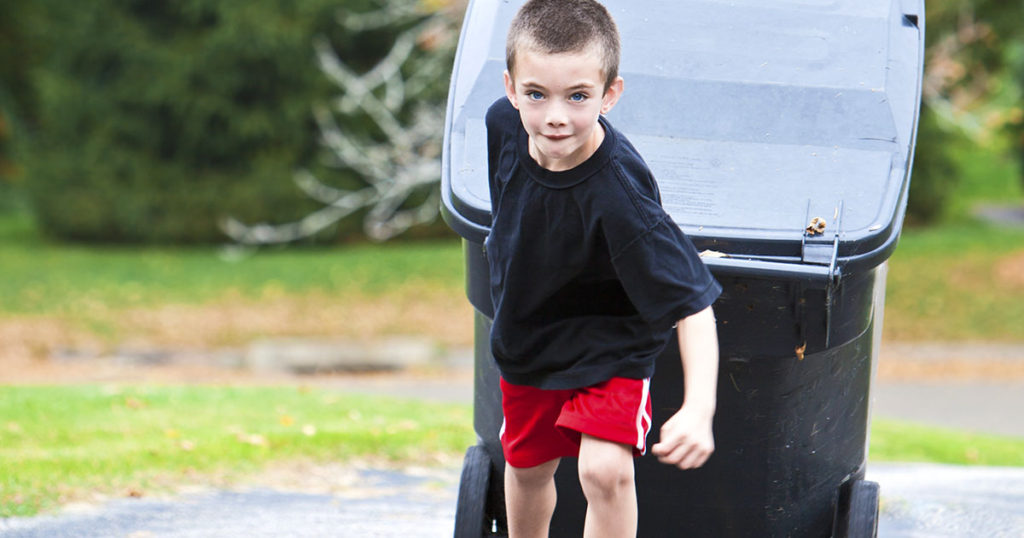Teach Your Kids Good Money Habits
It’s never too early to begin teaching your kids about money, and there is no better time to start than today. Parents are uniquely equipped to pass on this crucial life skill because young children, as a rule, learn to negotiate the outer world by observing and imitating their primary caregivers. Who better than successful money-managing parents to set up their kids for a lifetime of successful money management?
But what works best? We’ve taken a look at what the experts have to say and come back with a few points to help you in the process.

Earning
Most kids’ first experience with earning their own money comes sometime after age seven when parents designate a weekly allowance in exchange for completing chores. Child development experts say this alone is one of the most vital lessons in teaching money management, and if reinforced correctly, can help kids see that money is earned rather than given.
Around the house, there are simple daily tasks that a child can generally handle without supervision, like taking out the trash or putting away toys. When done regularly, these tasks not only help clean up and restore a bit of order at home, they also instill a direct relationship between performing a task to completion and earning a commission.
Value
Money is abstract, and kids can struggle with the concept. Help your youngsters out by regularly involving them in family budget discussions around the dinner table.
Just talking about how much things cost, how much things are worth, and how you decide to budget for and purchase your household items is a great way to expose your kids to the decision-making process that goes into family spending.
Likewise, when you sit down to pay bills online or set up your automatic payments with Empeople’s Digital Banking, it’s a great idea to involve your kids and let them participate in the process with a bird’s-eye view of the proceedings. Writing checks, using an ATM, or paying for grocery items at the check-out can all be used as micro-lessons in operating the machinery that guides our financial lives.

Saving
If you had a piggy bank in childhood, you likely came to understand that holding on to and keeping your money in a safe place was one way to get ahead in the world. What better way to teach the basics of saving?
Saving money can help teach children to think about the future by setting goals and working towards their fulfillment. Patience is learned as one week’s chore allowance is added to the next, growing in size and value until a savings goal is achieved.
While some families can point a savings goal towards big big-ticket items, such as a car or college tuition, even modest and mid-sized savings goals like a new video game or toy can effectively demonstrate the power of good money management.
Why not incentivize savings goals with a matching amount or a percentage bonus? Let’s say your child sets a goal to save $200 towards a new video game console. A $50 bonus for achieving the goal within six months can help motivate weekly contributions and even spur entrepreneurial youngsters into taking on extra chores.
Give your kids the same understanding with a twist by using transparent plastic containers as piggy banks. Let the young savers watch their money accumulate right before their eyes, and turn from a small collection into a hefty pile.
When the time comes, opening a Empeople Savings Account for your child is the perfect ‘grown-up piggy bank’ for smart money kids.
Spending
A child might not understand what a budget is until later in life, but there is no mistake in how spending works. Every kid knows that you give the cashier the paper and coins, and in return, you get to take the toy home.
But developing a budget to help guide spending is something every parent can do, and it goes a long way in helping a child to understand the difference between ‘wants’ and ‘needs’. This is no more complex than comparing prices against savings and pointing out the difference.
Teaching that a chore allowance is not just for pocket money that buys fun stuff is a great way to prepare older children to take up even more savings and expand their independence for things like clothes and socializing with friends.
In addition, the flexibility that parents can teach their children in managing money goes further with direct lessons in how to avoid impulse spending. It also allows kids to learn from their mistakes safely and at home, because, as every child comes to learn, when the money’s gone, the money is gone.

Donating
As children get older, it might come to pass that they wish to set aside some portion of their savings to spend mindfully and donate. Non-profit organizations with decent size and reputation will have projects and people who stand to benefit from donations. The good feelings created can be observed and tracked to let kids know where their money has made a difference. Taken together, small lessons in everyday money management for kids can help set them on the right track for a lifetime of financial planning. Teaching the basics of earning, spending, and saving can all be done with a bit of preparation and a lot of fun, and what better way to prepare your little ones for a world that runs on money?



